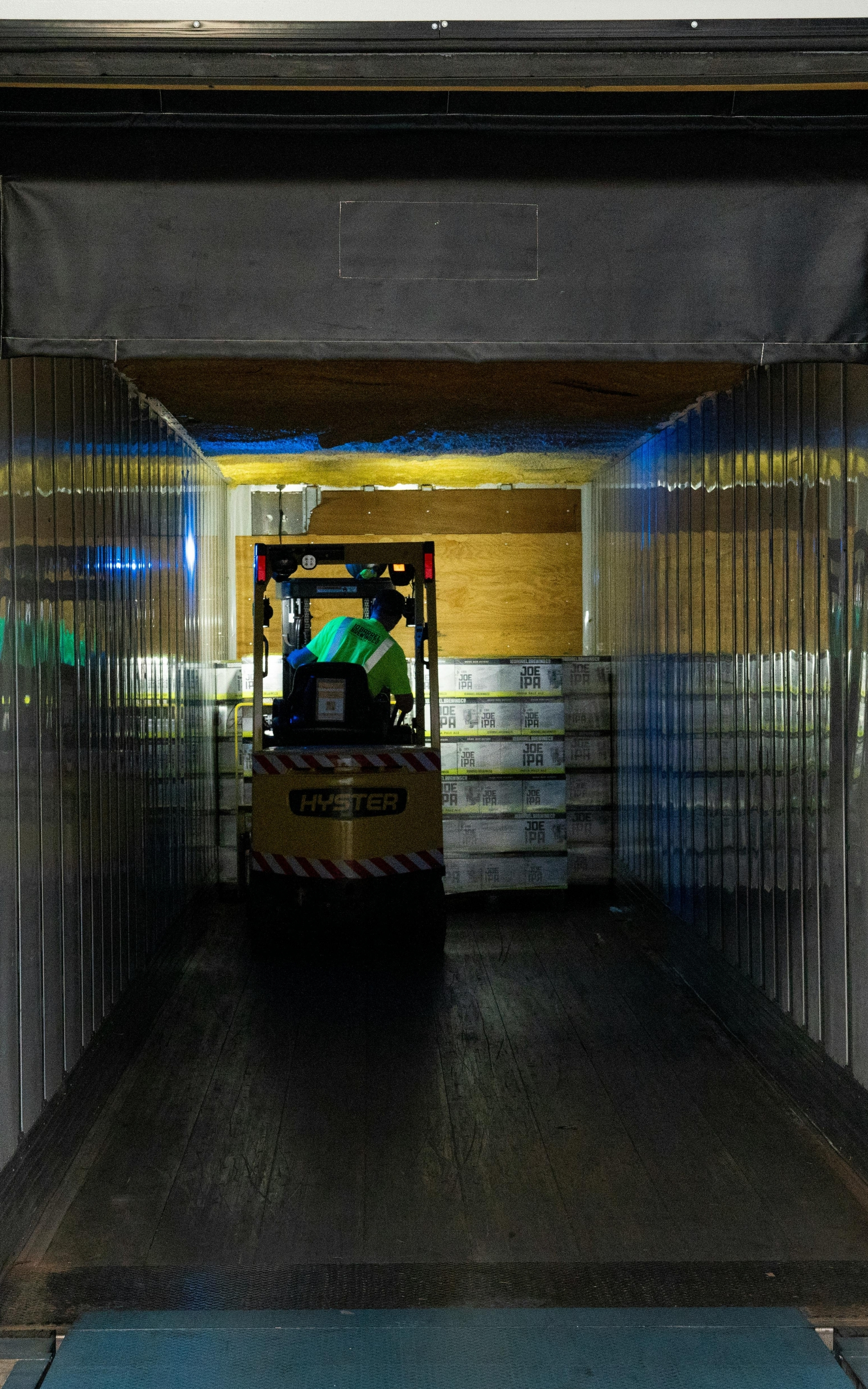Key Differences Between FCL and LCL Shipments
Volume and Capacity
The primary distinction between FCL and LCL lies in the volume of goods being shipped. FCL is best suited for large shipments that can fill an entire container, while LCL is ideal for smaller volumes that don't justify the use of a full container.
FCL shipments typically use standard container sizes:
LCL shipments are measured in cubic meters (CBM) or cubic feet (CFT) and can range from less than 1 CBM to just under the capacity of a full container.
Cost Considerations
The cost structure for FCL and LCL shipments differs significantly:
FCL Pricing:
LCL Pricing:
-
Based on the volume or weight of goods
-
Higher per-unit cost for smaller shipments
-
Additional consolidation and deconsolidation fees
Transit Times and Speed
Transit times can vary between FCL and LCL shipments:
FCL:
-
Generally faster transit times
-
Direct routing from origin to destination
-
Fewer stops and handling points
LCL:
-
Longer transit times due to consolidation and deconsolidation
-
Multiple stops for cargo loading and unloading
-
Additional time for customs clearance at consolidation points
Security and Risk Factors
Security considerations differ between FCL and LCL:
FCL Security:
-
Reduced handling of goods
-
Lower risk of damage or loss
-
Sealed container from origin to destination
LCL Security:
-
Increased handling during consolidation and deconsolidation
-
Higher risk of damage or loss due to multiple touchpoints
-
Shared container space with other shippers' goods
Advantages and Disadvantages of FCL Shipping
Benefits of Full Container Load
FCL shipping offers several advantages for shippers:
-
Control: Exclusive use of the container allows for better control over cargo.
-
Security: Reduced handling minimizes the risk of damage or loss.
-
Speed: Faster transit times due to direct routing.
-
Cost-effectiveness: Lower per-unit costs for large shipments.
-
Flexibility: Ability to load and seal the container at the shipper's premises.
Drawbacks of FCL Shipments
Despite its benefits, FCL shipping has some limitations:
-
Higher upfront costs: Paying for a full container can be expensive for smaller shipments.
-
Underutilization: Risk of paying for unused space if the container isn't filled.
-
Limited flexibility: Not suitable for frequent, small shipments.
-
Storage costs: Potential charges for holding containers at ports or warehouses.
How to Choose Between FCL and LCL
Factors to Consider
When deciding between FCL and LCL, shippers should evaluate:
-
Shipment volume: Determine if the cargo is enough to fill a container.
-
Frequency of shipments: Consider how often you need to ship goods.
-
Budget constraints: Assess the overall cost implications of each option.
-
Time sensitivity: Evaluate the urgency of delivery.
-
Nature of goods: Consider the fragility and value of the cargo.
FCL and LCL Shipping Process
Stages of Full Container Load Shipment
The FCL shipping process typically involves:
-
Booking: The shipper reserves a container with a freight forwarder or carrier.
-
Container delivery: An empty container is delivered to the shipper's location.
-
Loading: The shipper loads and seals the container.
-
Pickup: The carrier collects the loaded container.
-
Transportation: The container is shipped to the destination port.
-
Customs clearance: Necessary documentation is processed.
-
Delivery: The container is transported to the final destination.
Steps in Less than Container Load Shipment
The LCL shipping process includes:
-
Booking: Shipper reserves space in a shared container.
-
Cargo delivery: Goods are sent to a consolidation warehouse.
-
Consolidation: Cargo is combined with other shipments in a container.
-
Transportation: Consolidated container is shipped to the destination.
-
Deconsolidation: Cargo is separated at the destination warehouse.
-
Customs clearance: Individual shipments undergo customs procedures.
-
Final delivery: Goods are transported to the consignee.
Cost Comparison FCL vs LCL
Pricing Factors for Full Container Load
FCL pricing is influenced by:
Pricing Factors for Less than Container Load
LCL pricing considers:



